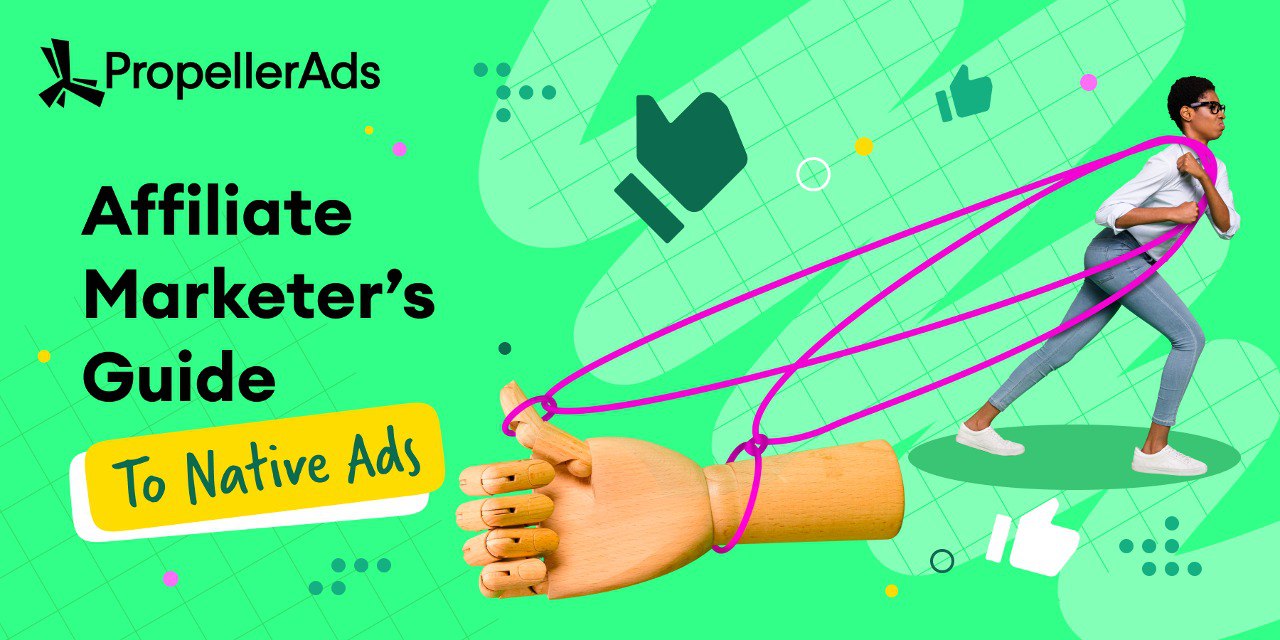Traditional advertising methods have seen dramatic shifts over the years, but perhaps one of the most transformative evolutions is the rise of native ads. Unlike traditional digital ads that often stand out and can interrupt the user experience, native ads are designed to blend seamlessly with the content that surrounds them. This integration allows native ads to offer a more subtle approach to engagement, creating an advertising experience that feels more organic and less intrusive.
Understanding Native Ads
Native ads are a form of paid media designed to mirror the look, feel, and function of the media format in which they appear. These ads fit naturally within a website’s content and design, making them less jarring to the user. They can appear in various formats, such as in-feed ads on social media platforms, recommended content at the end of articles, or even as part of a search result page.
Native Ads vs. Display Ads
The key difference between native ads and traditional display ads lies in their appearance and user interaction. Display ads are usually distinct and separate from a webpage’s main content, often occupying designated spaces like banners, sidebars, or pop-ups. These formats can disrupt the user experience, which may lead to advertising fatigue or banner blindness. Conversely, native ads integrate into the content, mimicking the visual design and user behavior of the host site. This integration often results in higher engagement rates, as users are less likely to perceive native ads as traditional advertisements.
The Psychology Behind Native Ads
One of the significant advantages of native ads is their ability to avoid the defense mechanisms users have developed against advertising. By seamlessly blending with content, native ads can bypass ad fatigue and be perceived as less invasive. This is because they are inherently content-focused, often providing value or relevance similar to the surrounding editorial content. This alignment with user expectations and context can enhance credibility and foster trust, making audiences more open to engaging with the advertisement.
Examples of Native Ads
Several examples illustrate the effectiveness of native ads. On social media platforms like Facebook, Instagram, and Twitter, in-feed ads allow brands to promote content that appears as regular posts within a user’s feed. Similarly, platforms like YouTube use video ads that align with the style and tone of regular user-uploaded content. These examples demonstrate how native ads can be both subtle and effective, offering a less disruptive advertising option that leverages platform-specific design elements.
The Role of Content Quality in Native Ads
High-quality content is crucial for the success of native ads. Since they integrate closely with editorial content, the ads themselves must provide value, whether through informative articles, engaging videos, or compelling stories. Advertisers must ensure that the content within native ads is relevant and appealing to the target audience, matching the quality and context of the site or platform where it appears. This relevancy not only captures attention but also encourages users to interact with the ad.
Measuring the Effectiveness of Native Advertising
Measuring the impact of native ads requires different metrics compared to traditional ads. Engagement is a critical measure, which includes the time spent on the content, clicks, shares, and comments. Additionally, brand awareness and perception can be evaluated using surveys and sentiment analysis. While direct conversions are still important, native ads often excel in the initial stages of the customer journey, such as increasing awareness and generating interest.
Challenges and Considerations in Native Advertising
Despite their advantages, native ads come with their own set of challenges. Transparency and disclosure are crucial, as users should be able to identify sponsored content easily. Maintaining a balance between content integration and advertising transparency is vital to safeguard trust and uphold ethical standards. Additionally, achieving the right level of contextual relevance without compromising the authenticity and integrity of the host content remains a complex task for advertisers.
The Future of Native Advertising
As digital advertising continues to evolve, the demand for non-disruptive, user-friendly ad formats like native ads is likely to grow. With emerging technologies and platforms, advertisers will increasingly seek ways to personalize and contextualize native ads to enhance user engagement and response. Moreover, advancements in data analytics will enable advertisers to refine their targeting strategies even further, ensuring that native ads reach the most relevant audiences.
Conclusion
Native ads stand out in the digital advertising realm due to their seamless integration and user-centric approach. Unlike traditional advertising formats that interrupt the user experience, native ads offer a subtler method of engagement, aligning with user expectations and content context. By focusing on providing value and maintaining transparency, native ads can foster trust and enhance brand perception. As the advertising landscape continues to evolve, the adaptability of native ads will likely position them as a cornerstone of future digital marketing strategies.








